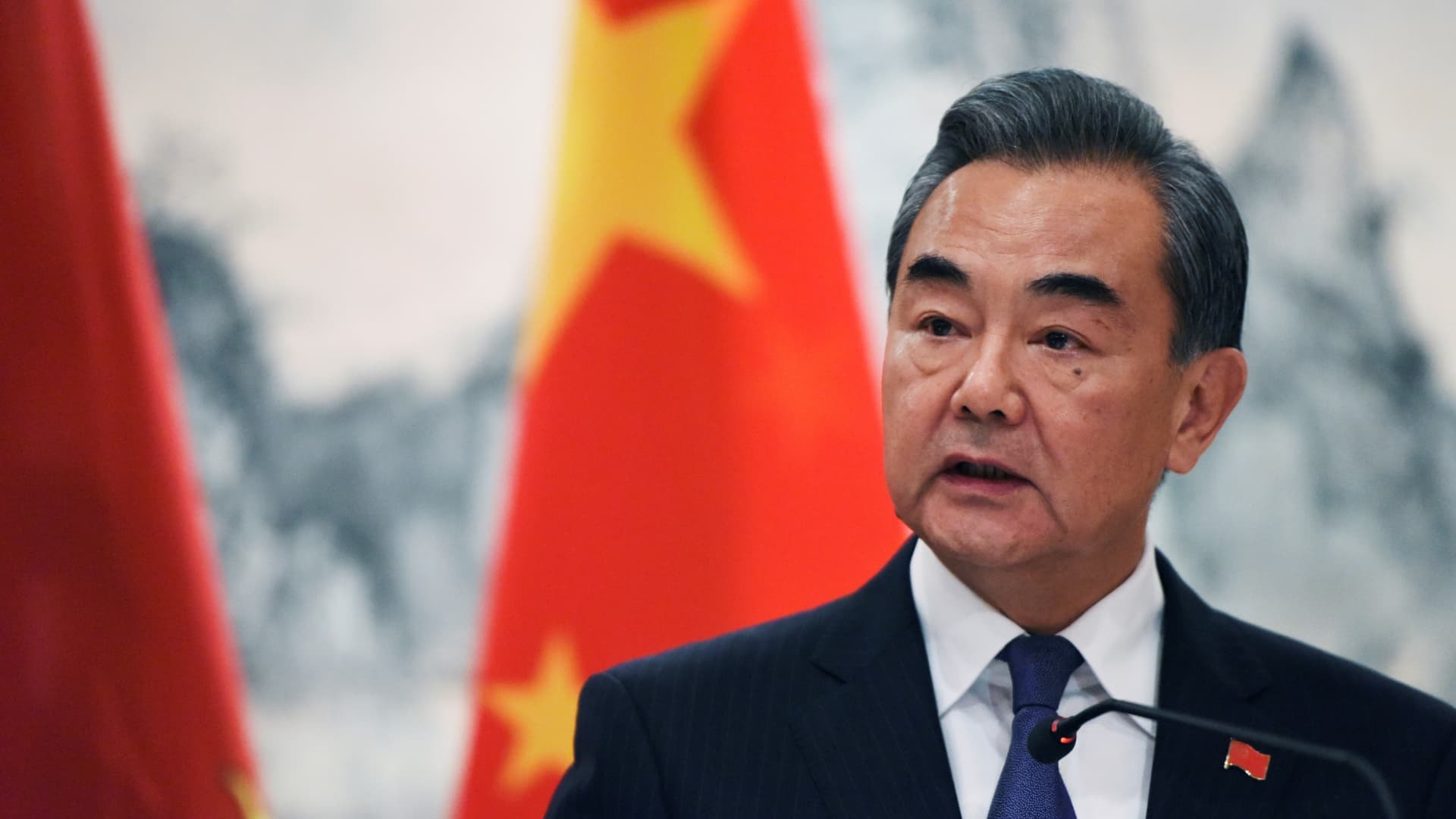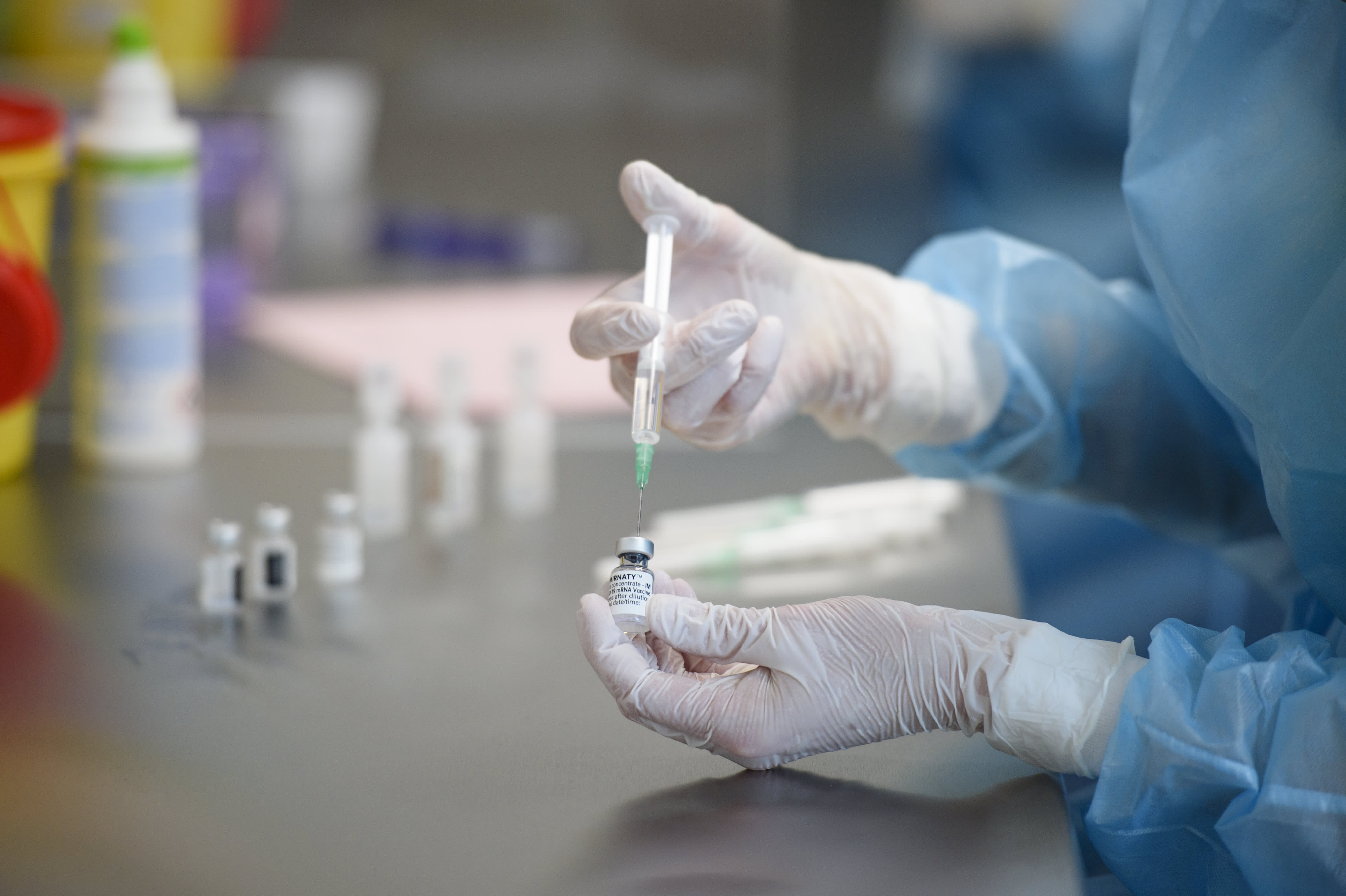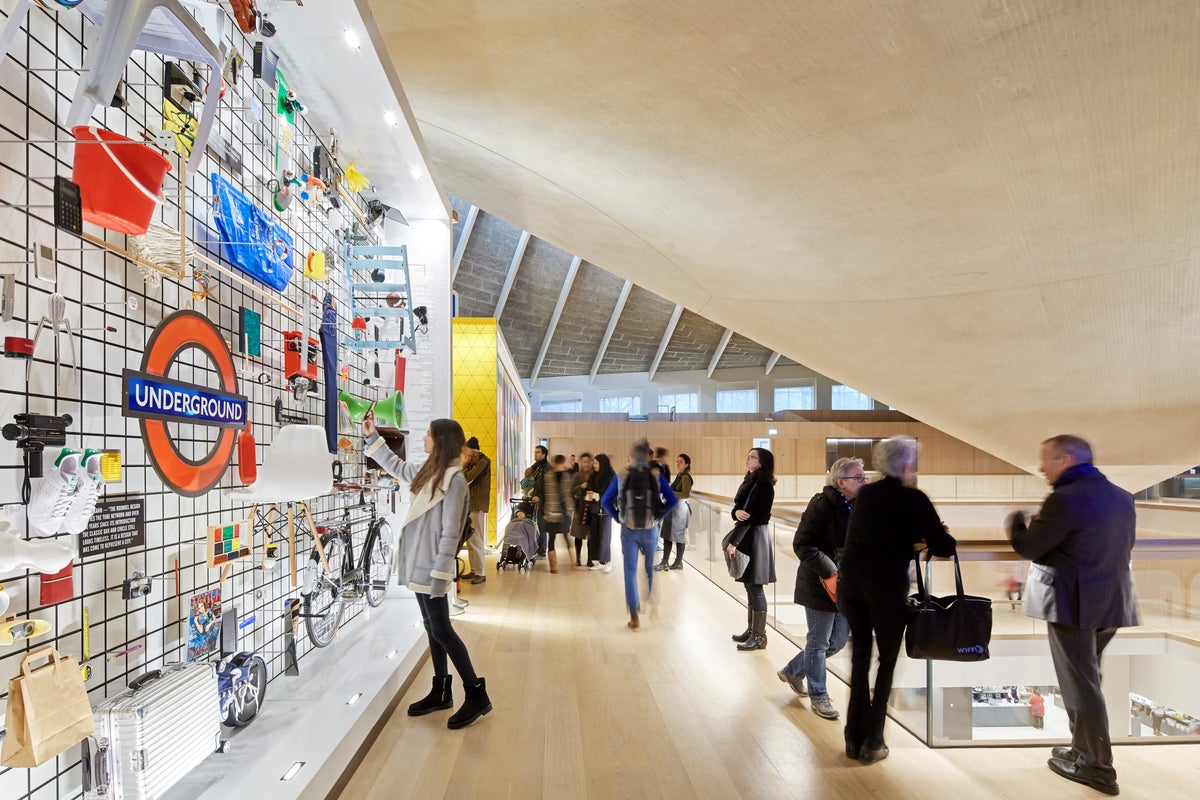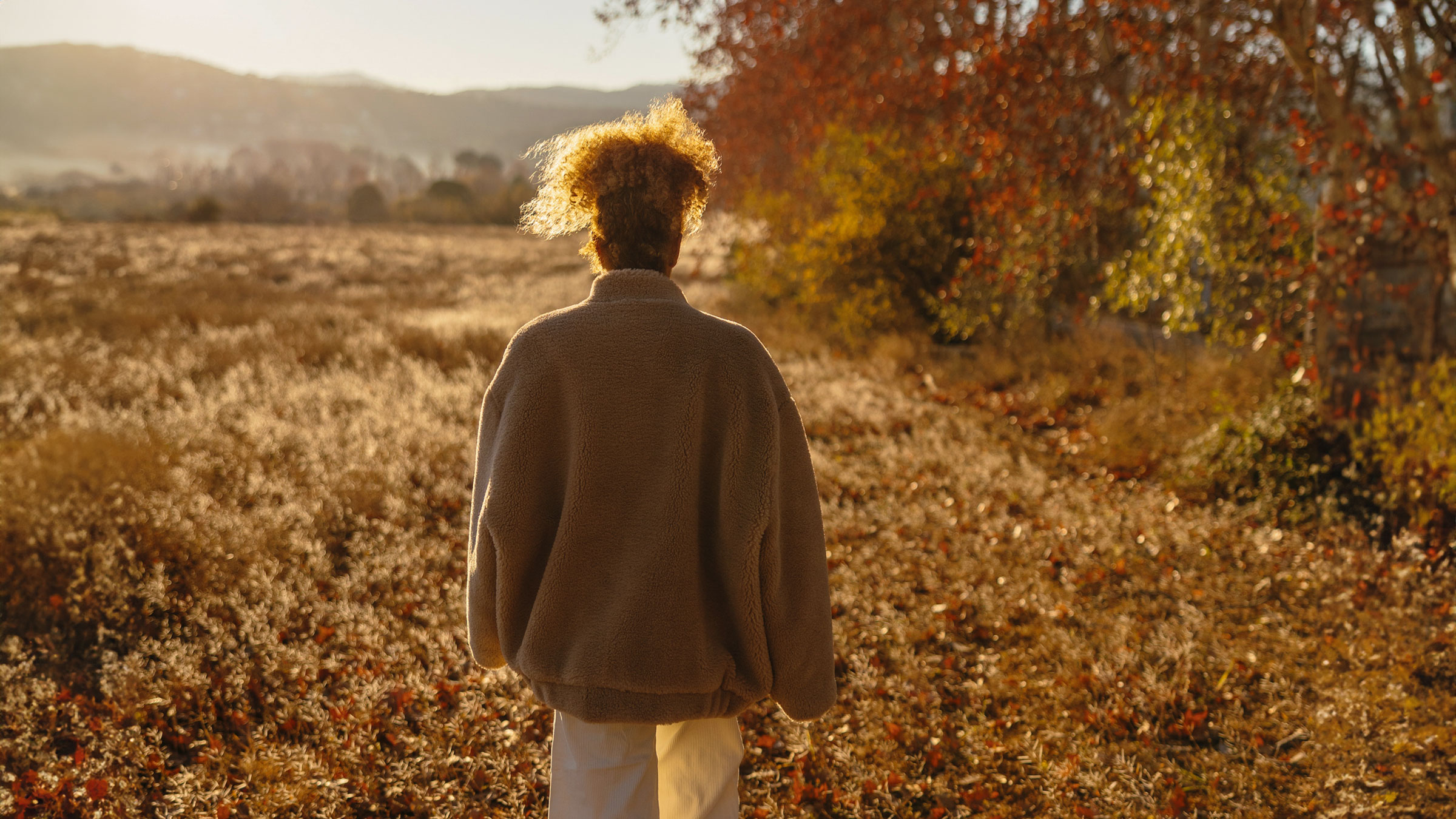How robots and AI can change the way Australia's favourite fruit gets harvested
It takes effort to get bananas from the farm to the fruit bowl, with growers relying on a significant workforce to pick and pack. Now scientists are working on technology to make it easier and safer.
It's often top of the list of Australia's most popular fruit, finding its way into lunch boxes and smoothies across the country every day.
But it takes a bit of effort to get bananas from the farm to the fruit bowl, with growers relying on a significant workforce to pick and pack each harvest.
Now scientists are working with industry to develop a prototype robot arm to separate the banana fruit from the stalk, a labour-intensive process known as de-handing.
Bananas are grown year-round and are picked, processed and packed on farms.(ABC Rural: Lucy Cooper)
"We had a chat to the Australian Banana Growers' Council (ABGC), and they were looking at how robots and AI could help the banana industry," said Chris Lehnert, chief investigator with QUT's Centre for Robotics.
"We spent about six months investigating banana farms, we went up to north Queensland and had a look about what some of the challenges were.
"What we found was they really experienced challenges with de-handing or removing the hand of bananas from the bunch."
The Australian Banana Growers Council hopes AI can improve packing shed efficiencies.(ABC Rural: Lucy Cooper)
Robot arm to replace 'dangerous task'
De-handing is the process of removing banana hands from the stem, and was identified by the ABGC as the "logical place to start" for automation.
"It would be feasible to use current technology to maybe develop a sort of robotic arm that could cut the bananas off," said Rosie Godwin, the ABGC's research and development manager.
An artist's impression of what the prototype may look like.(Supplied: Hort Innovation)
Dr Lehnert describes de-handing as a "repetitive" and "labour-intensive" task which can lead to injuries, and further to labour shortages.
"Farmers are crying out for a solution that can help them because they're actually struggling to get the labour for these types of tasks, especially when it's quite a dangerous task to cut bananas," he said.
Collaboration 'critical to its success'
But there's a reason robots and AI have yet to be introduced to banana packing sheds.
"People have tried all around the world to automate banana production and haven't been successful," Dr Godwin said.
Rosie Godwin says so far attempts to automate banana production haven't worked.(Supplied: Australian Banana Growers' Council)
But Dr Godwin said the project's initial collaboration between scientists and farmers was "critical to its success", ensuring the outcome was financially and commercially viable for all involved.
"You have to have industry and scientists working together, I think that's the best way forward," she said.
Collaboration between farmers and scientists has been a key focus of the project. (Supplied: Australian Banana Growers' Council)
Dr Lehnert agrees this will lead to greater outcomes for the banana industry.
"We want to make sure that as we're developing this technology, we're not missing anything, in terms of what the farmers need, in the environment that it's going to work in, and specifically make sure that the whole cost benefit of what we're doing works for farmers.
"What we envision is that potentially this is not something that you would sell to a farmer, but it's maybe provided as a service.
"I think in three to four years from now, we would start to see some of this technology in the hands of farmers."
Stories from farms and country towns across Australia, delivered each Friday.
Posted 16h ago16 hours agoFri 16 Feb 2024 at 10:02pm, updated 16h ago16 hours agoFri 16 Feb 2024 at 10:11pm

 Lynk
Lynk 
































